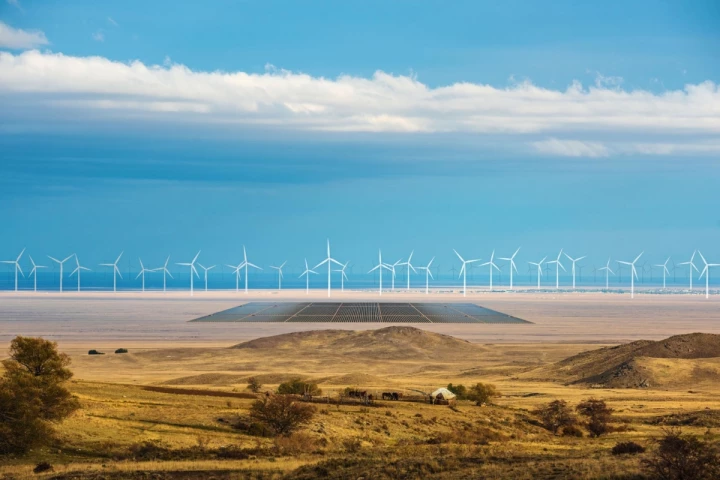Green Steel
Conventional steel production releases about two tons of carbon dioxide into the atmosphere for every ton of steel it produces, causing up to somewhere between 7-8% of mankind's CO2 emissions. The steelmaking process can be completely or partially decarbonized using green hydrogen, both as a power source for electric arc furnaces and as a reductant to replace baked coal.
-
Researchers at Australia's national science agency have developed an efficient method to produce green hydrogen for energy-hungry, high-temperature industrial processes – and it starts with concentrated sunshine.
-
MIT spinout Boston Metal has powered up its electricity driven steel production reactor and made over a ton of metal in a crucial step toward commercializing its process. With clean electricity, the process could make steel with zero CO2 emissions.
-
Researchers have devised an economical way of reducing the environmental impact of both the steel and aluminum industries by using hydrogen to melt down the toxic red mud left over from aluminum production to produce green steel in around 10 minutes.
-
The industrial sector is responsible for about 25% of global CO2 emissions – or about 9.3 billion metric tonnes per year and growing. But a team at the University of Leeds says we don't need to wait for magical new tech to clean most of it up.
-
The German steel giant is investing $1.9 billion in a hydrogen-powered direct-reduction system that can create high-quality steel without needing the rare, high-grade iron ore required by most green steel processes. This could open the floodgates.
-
Back In August we saw the world's very first "fossil-free" steel delivery makes its way to Volvo in Sweden, which the automaker has now fashioned into a mining lorry as a beacon of greener vehicle construction.
-
A milestone in decarbonization today as Sweden's SSAB made the world's very first "fossil-free" steel delivery, created with green hydrogen instead of coal and coke, to a customer, Volvo, where it will be used in electric trucks.
-
The world produces more than 1.8 billion tons of steel a year, releasing nearly twice that weight in carbon dioxide into the atmosphere. It's a huge decarbonization challenge, but steel giant ArcelorMittal is starting on a new green plant in Spain.
-
Germany's Svevind has announced plans for a colossal green hydrogen project that will place some 45 gigawatts of wind and solar energy generation on the vast steppes of Kazakhstan to produce around three million tonnes of green hydrogen annually.
-
New two-dimensional nanomaterials called MXenes that are being examined by the Missouri University of Science and Technology may lead to new superlubricants that could better protect the delicate moving parts of future Mars rovers.
-
The steel industry is responsible for around 8 percent of all global carbon emissions annually, and decarbonizing it will require an enormous effort. H2GS plans to lead the way with the world's largest fossil-free steel plant, using green hydrogen.










